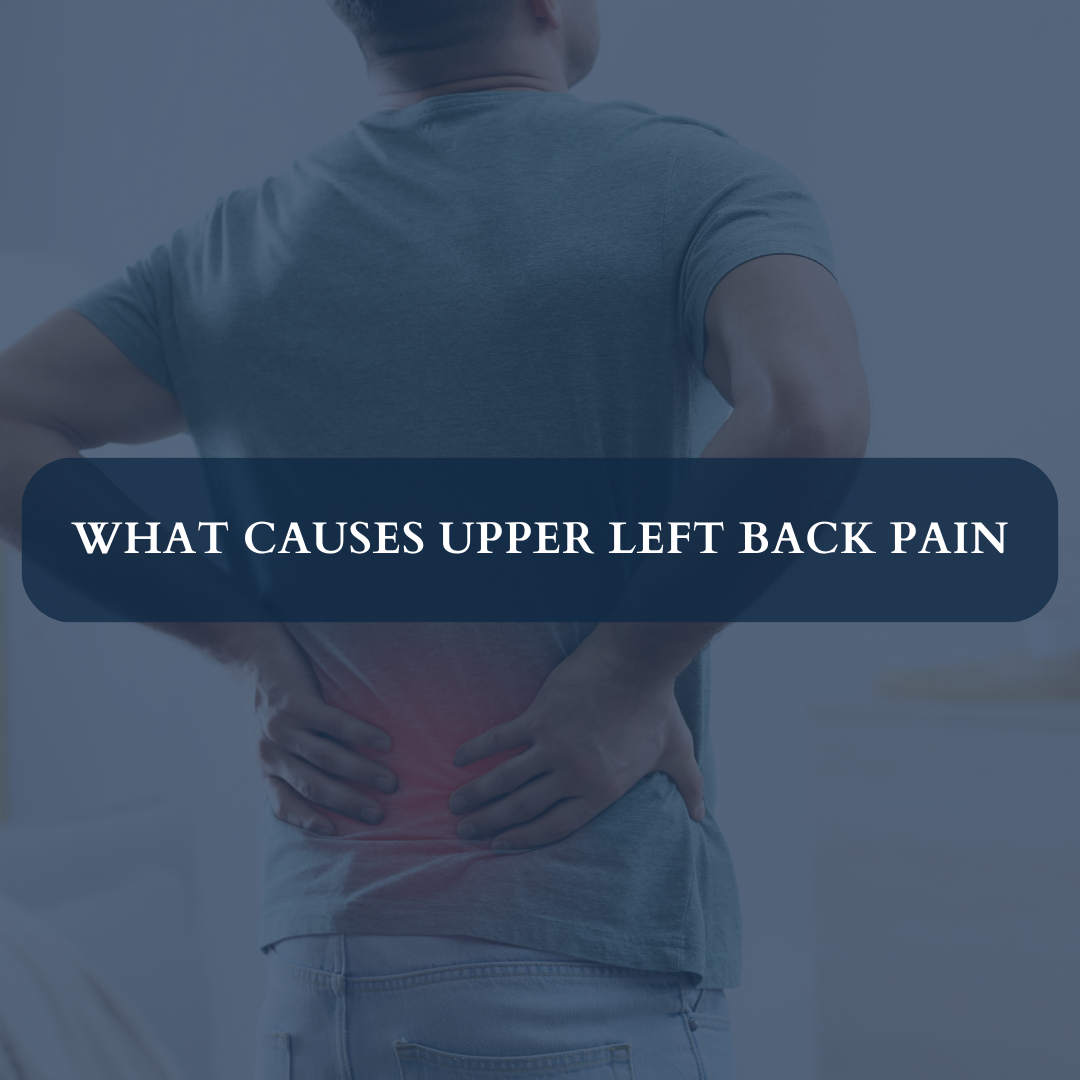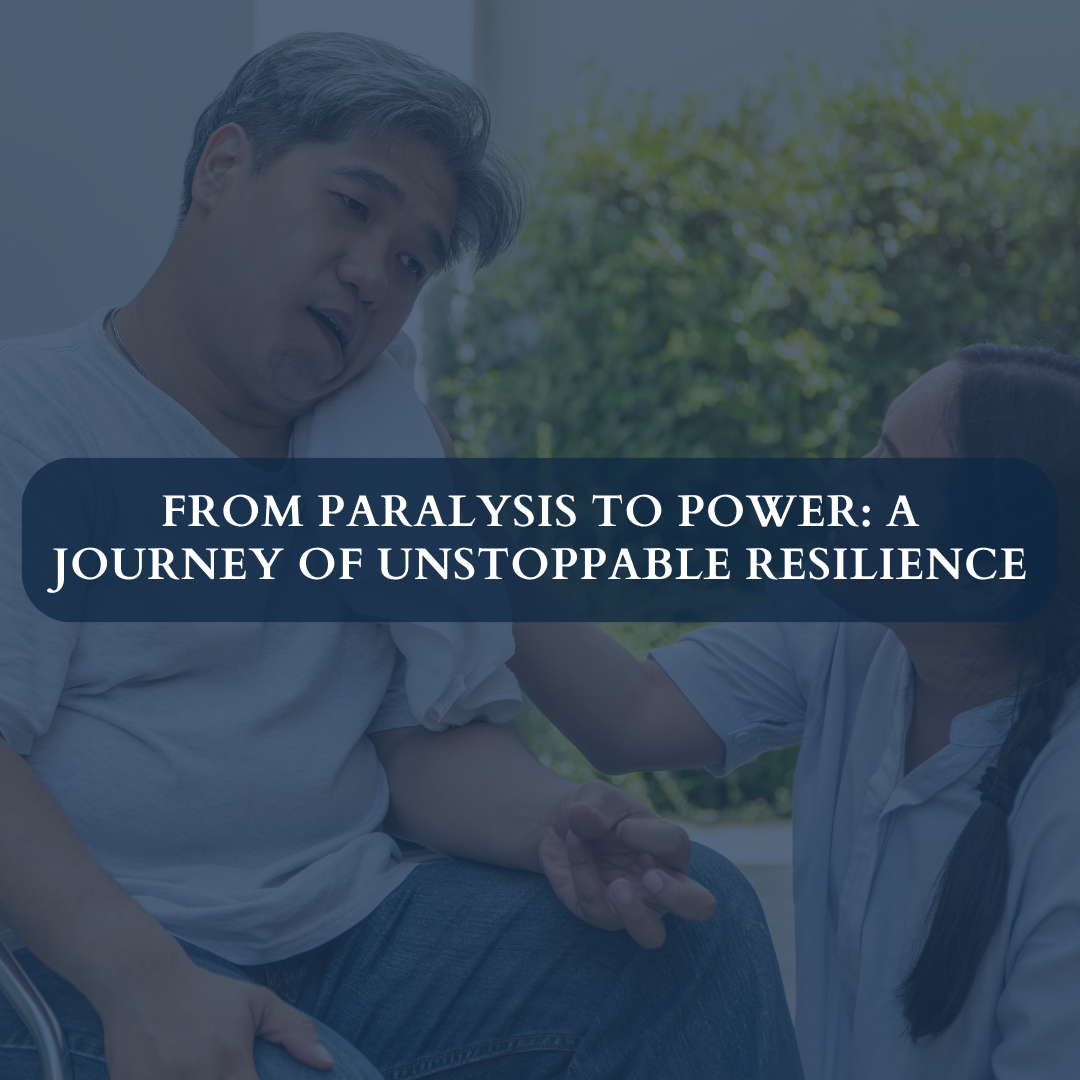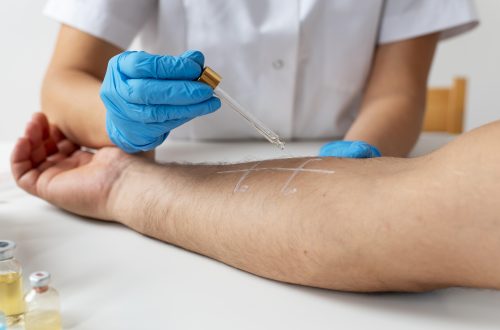Understanding the Core Principles of Dry Needling
Dry needling revolves around targeting specific muscle trigger points using fine needles. Unlike acupuncture, which focuses on energy pathways, this technique aims to release tension and alleviate pain directly within muscle bands or “knots.” By inserting needles into these areas, practitioners stimulate the trigger points, prompting involuntary muscle twitching. This twitch response signifies the relaxation of the tightened muscle fibers, fostering improved blood circulation and reducing pain sensations. Essentially, dry needling seeks to reset and restore muscle function by addressing localized areas of tension and discomfort, offering a targeted approach to chronic pain management.
The Mechanism: How Does Dry Needling Work?
Dry needling operates by targeting specific trigger points within muscles that are often sources of pain and discomfort. Through the precise insertion of fine needles into these trigger points, a localized twitch response is elicited in the muscle. This twitch response serves a crucial role as it stimulates the muscle fibers, prompting them to relax and release tension. By doing so, dry needling facilitates improved blood circulation to the affected area, accelerates the healing process, and reduces muscle tightness. Essentially, this technique interrupts the pain cycle, offering immediate relief while promoting long-term muscle relaxation and enhanced mobility.
Benefits Beyond Pain Relief
Beyond the immediate alleviation of pain, dry needling offers a spectrum of holistic advantages. Firstly, it enhances localized blood circulation, fostering accelerated healing and tissue regeneration. This improved circulation aids in reducing inflammation, promoting cellular repair, and optimizing muscle function. Additionally, the technique facilitates improved flexibility, enhancing the range of motion in affected areas. Over time, patients often report increased mobility, reduced stiffness, and a heightened sense of overall well-being. Moreover, by targeting specific trigger points, dry needling can enhance muscular coordination and balance, contributing to improved posture and muscle alignment. Thus, its benefits transcend mere pain management, offering a comprehensive approach to musculoskeletal health.
Distinguishing Dry Needling from Traditional Acupuncture
Dry needling and traditional acupuncture, though both involve needle insertion, serve distinct therapeutic purposes. Dry needling primarily targets muscular trigger points, aiming to release tension and alleviate muscle pain and dysfunction. This technique relies on anatomical and physiological principles, emphasizing the deactivation of specific muscle knots.
In contrast, traditional acupuncture stems from ancient Chinese medicine, focusing on restoring the balance of “Qi” or vital energy flow within meridians throughout the body. Practitioners insert needles at specific acupuncture points believed to regulate this energy, addressing a myriad of health conditions beyond musculoskeletal issues.
Therefore, while both modalities utilize needles, their foundational philosophies and therapeutic objectives differ significantly, catering to diverse patient needs and conditions.
Safety and Efficacy: What Research Indicates
Numerous scientific studies have underscored the safety and efficacy of dry needling for managing chronic pain conditions. Clinical trials consistently highlight its positive outcomes, especially in treating ailments such as lower back pain, neck discomfort, and various musculoskeletal disorders. Moreover, research indicates minimal adverse effects, further affirming its safety profile. The data-driven evidence continues to propel dry needling into mainstream healthcare practices, garnering recognition and trust among healthcare professionals and patients. As a result, its integration into comprehensive pain management strategies remains pivotal, emphasizing its role as a viable and effective therapeutic intervention.
Integration into Comprehensive Pain Management Plans
Incorporating dry needling into comprehensive pain management plans amplifies therapeutic outcomes. By seamlessly integrating this technique with established modalities like physical therapy and medication, practitioners can address pain from multiple angles. This synergistic approach ensures that patients receive tailored care, targeting both the symptoms and root causes of their discomfort. Furthermore, the collaborative nature of this integration fosters a cohesive treatment strategy, enhancing patient adherence and satisfaction. Ultimately, weaving dry needling into comprehensive plans not only optimizes pain relief but also promotes holistic well-being, affirming its pivotal role in modern healthcare paradigms.
Conclusion: Embracing Innovation in Pain Management
The realm of pain management continually evolves, with techniques like dry needling spearheading innovative approaches. Recognizing its profound impact on chronic pain alleviation, it’s imperative for healthcare providers and patients alike to remain abreast of such advancements. By integrating dry needling into broader treatment paradigms, individuals can access targeted relief, enhanced mobility, and improved quality of life. This proactive embrace of innovation not only revolutionizes pain management strategies but also underscores the relentless pursuit of holistic, patient-centric care. As such, adopting and refining these techniques remains pivotal in shaping the future landscape of pain management.
Ready to explore your options for chiropractic and physiotherapy? Contact SwastyaPhysio today to schedule a consultation and discover the best path to your wellness journey. We’re here to support your health every step of the way.
Banaswadi | HBR layout | Kalyan Nagar | Kammanahalli | Horamavu | Hennur






